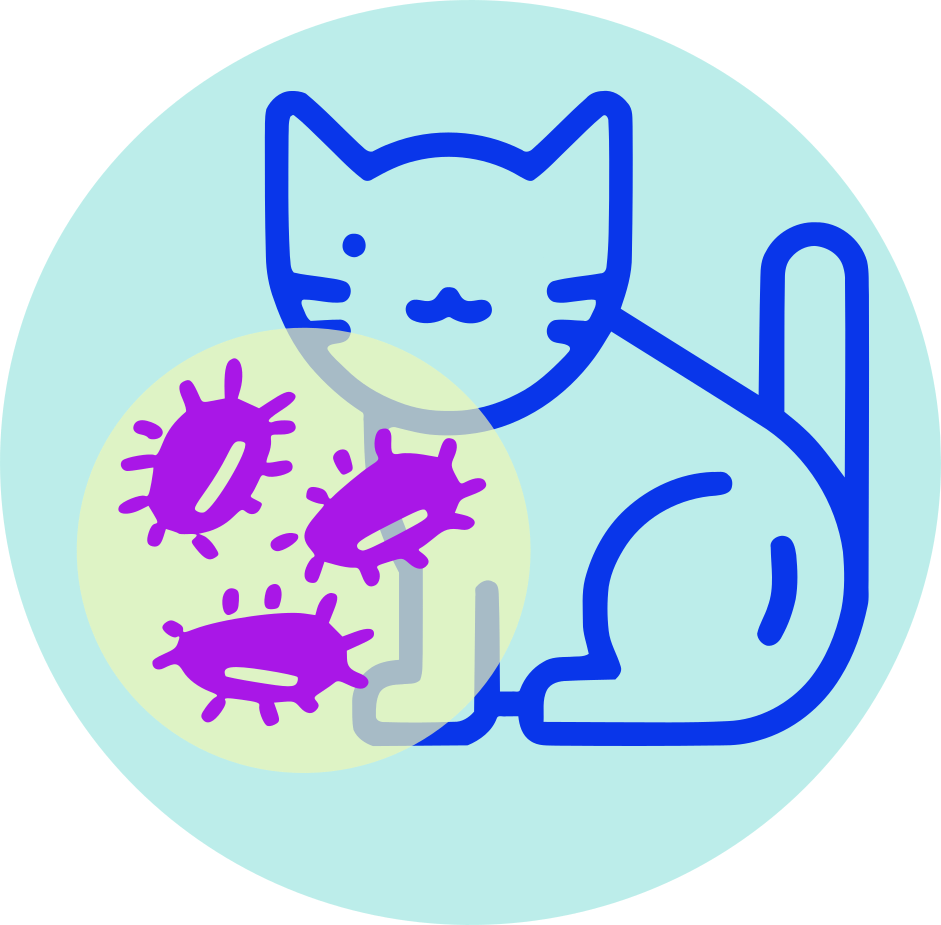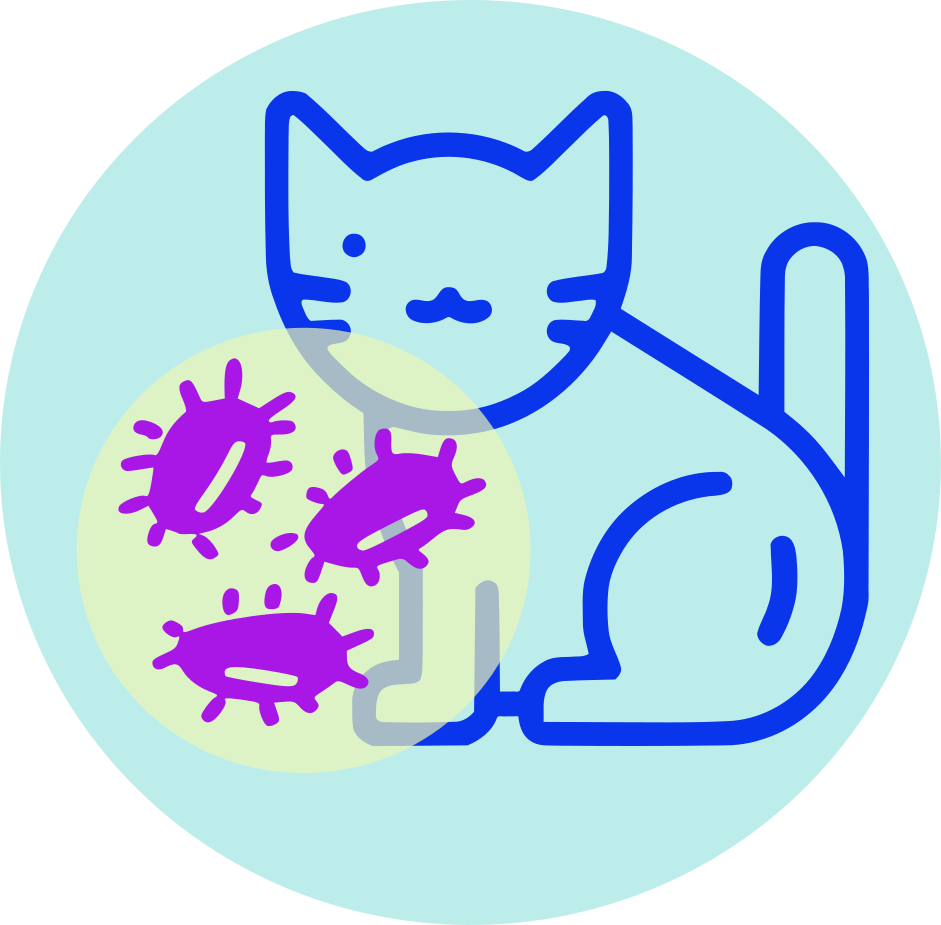| Name | Enrofloxacin |
| Classes |
Antiinfective Agent Antibiotic Fluoroquinolone |
| Diseases |
Veterinary Infection |
Enrofloxacin
Enrofloxacin belongs to the fluoroquinolone class of antibiotics. Its mechanism of action is based on the inhibition of bacterial DNA synthesis by targeting DNA gyrase and topoisomerase IV, resulting in bacterial cell death.
Enrofloxacin is indicated for the treatment of bacterial infections in dogs and cats caused by susceptible strains of microorganisms, such as skin and soft tissue infections, urinary tract infections, respiratory infections, and gastrointestinal infections.
The dosage and administration of enrofloxacin vary depending on the age, weight, and condition of the patient. Generally, the recommended dose of enrofloxacin for dogs and cats is 5-20 mg/kg, administered orally or intravenously, once or twice daily, for 7-14 days.
The most common adverse reactions of enrofloxacin include vomiting, diarrhea, loss of appetite, and lethargy. Other adverse reactions may include hypersensitivity reactions, nervous system disorders, and musculoskeletal disorders.
- Enrofloxacin should be used with caution in dogs and cats with a history of seizures, liver or kidney disease, or joint problems.
- Enrofloxacin may cause joint cartilage erosion in immature dogs, and its use should be avoided in growing dogs and cats.
- Enrofloxacin should be avoided in pregnant or lactating animals, as it may affect fetal development and milk production.
- The use of enrofloxacin in animals intended for human consumption should be avoided, as it may lead to the development of antibiotic-resistant bacteria in humans.
Contraindication
Enrofloxacin is contraindicated in dogs and cats with a known hypersensitivity to fluoroquinolones or any of its components.
None known.
It should also not be used in animals with a history of epilepsy or in those receiving drugs that lower the seizure threshold.
 Bangla
Bangla English
English
